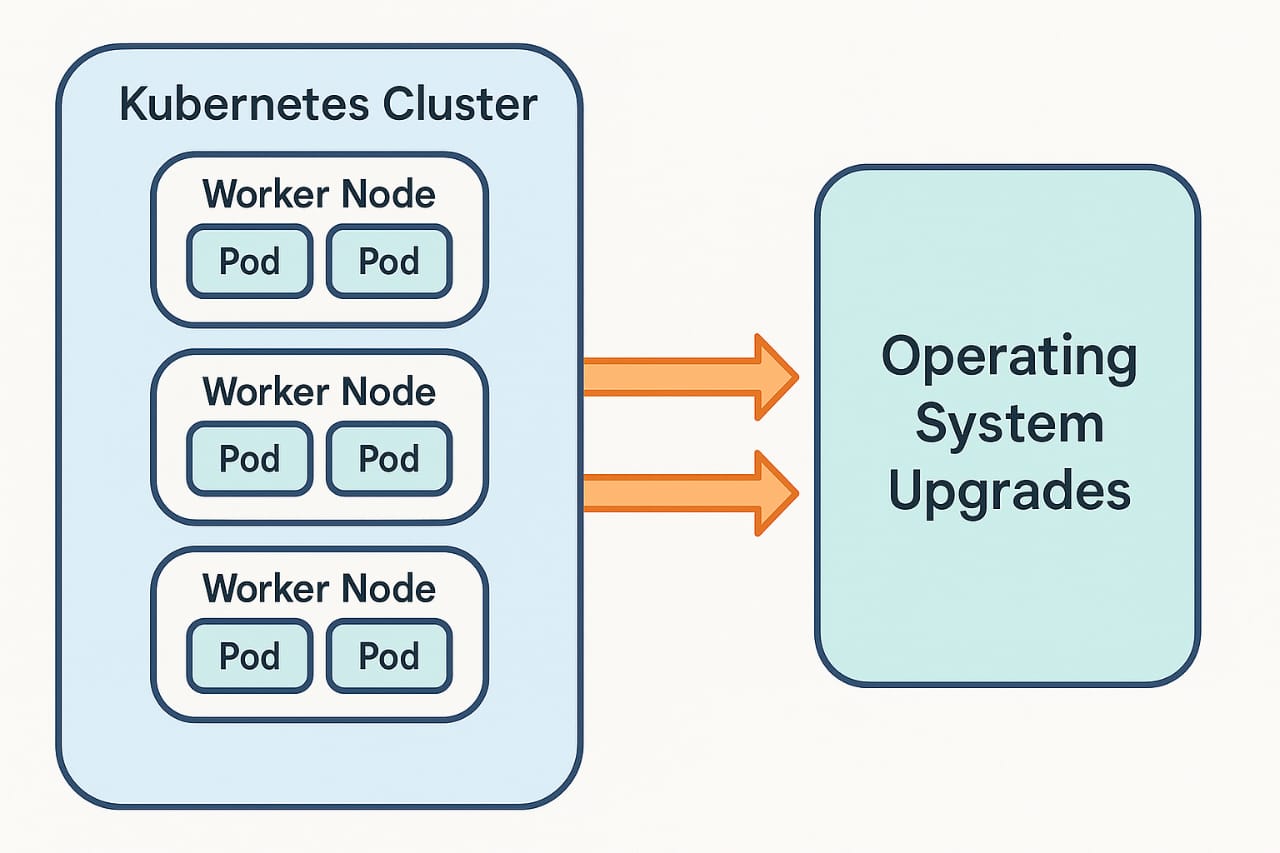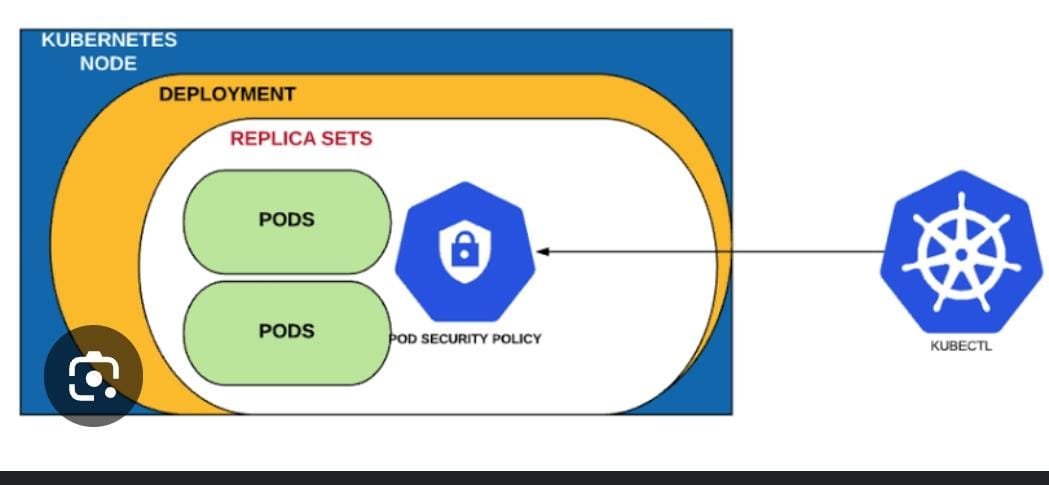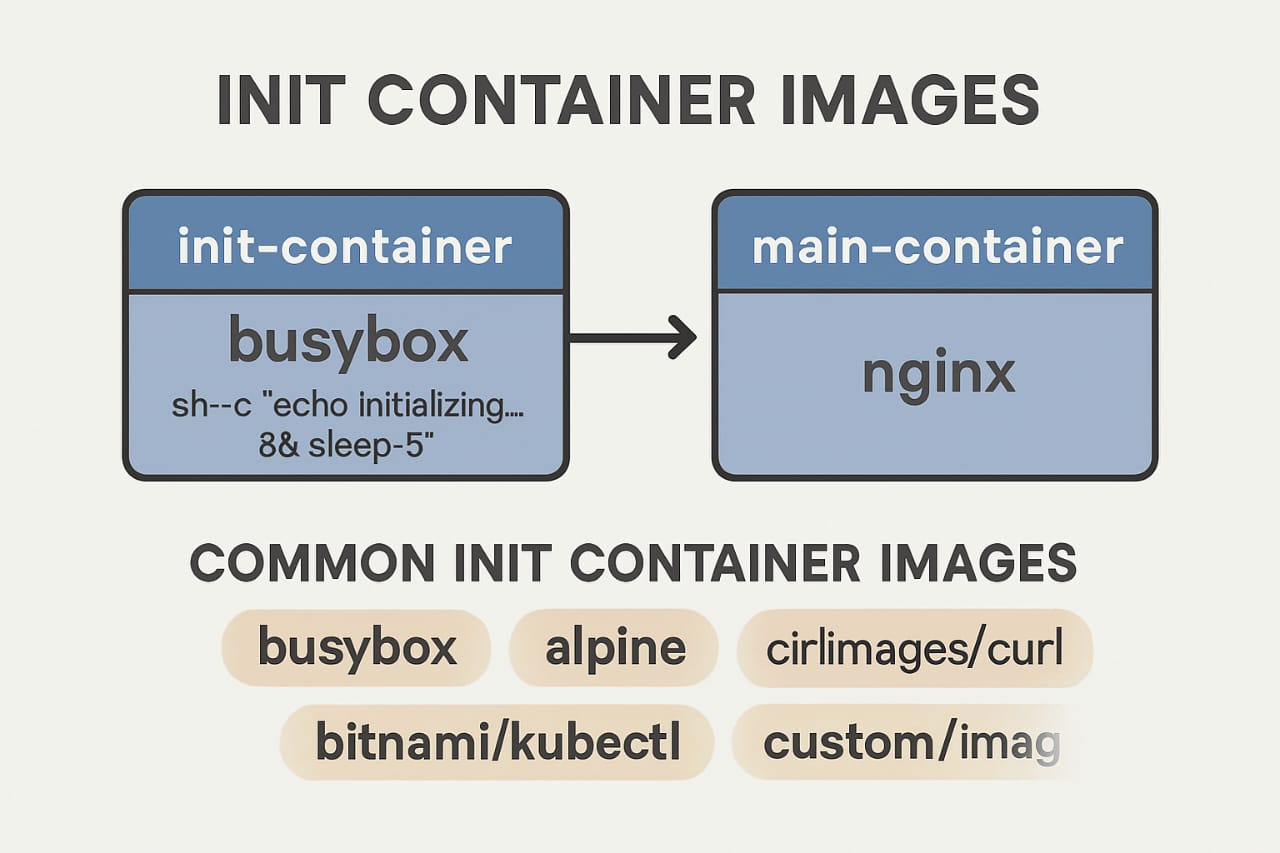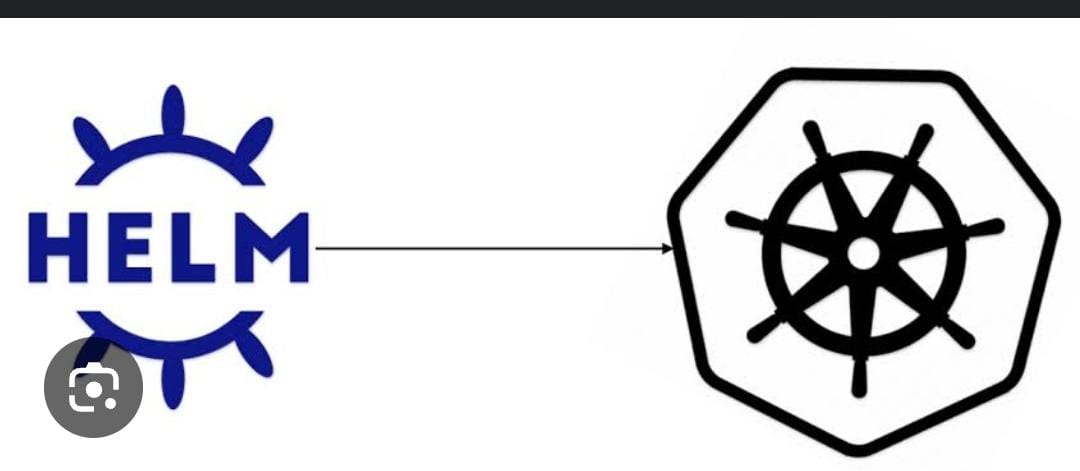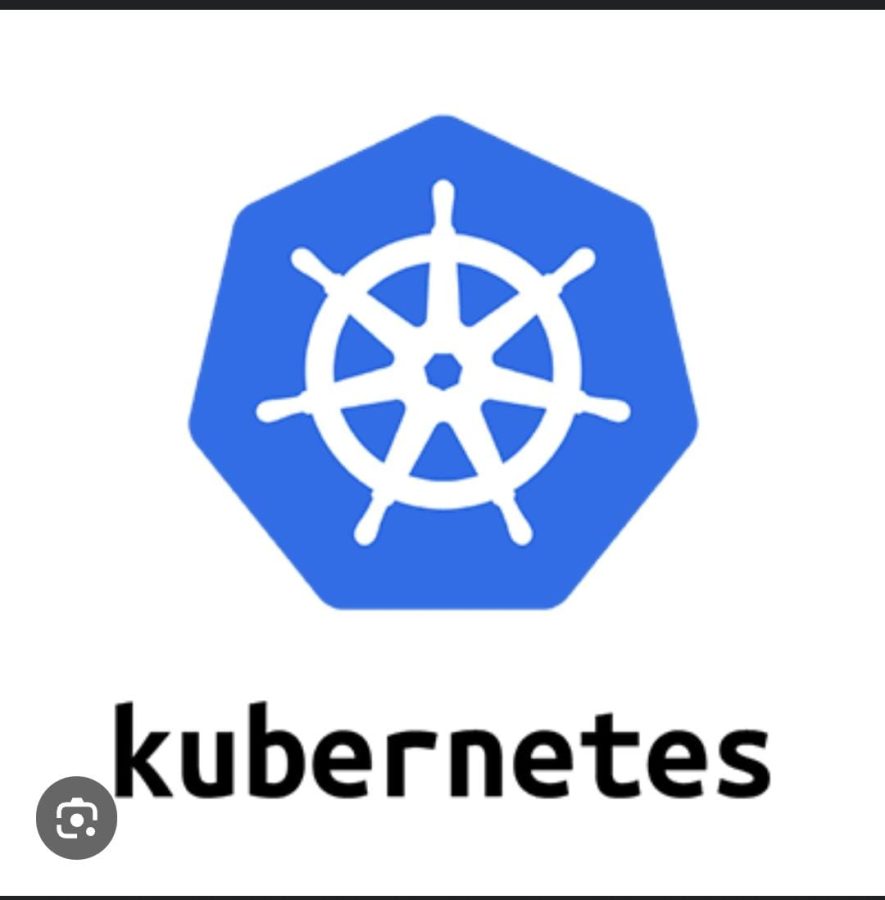StatefulSet in Kubernetes: 7 Proven Best Practices for Reliability
Introduction When deploying applications in statefulset in Kubernetes, most workloads are stateless, meaning any pod can be replaced without worrying about its identity or storage. However, certain applications—like databases, messaging queues, and distributed systems—require stable network identities, persistent storage, and ordered deployment/termination. This is where StatefulSet comes in. What is a StatefulSet in Kubernetes? A […]

